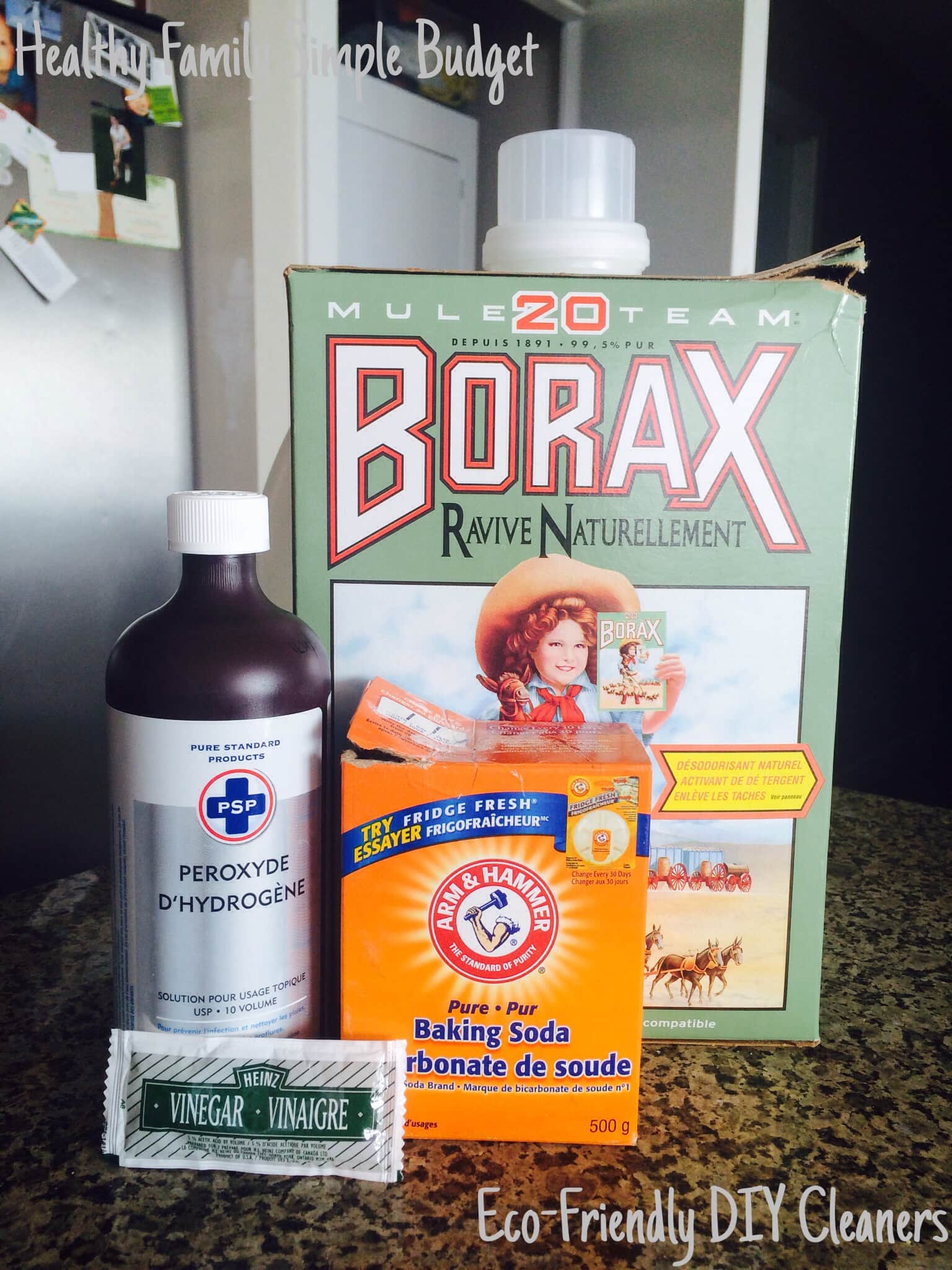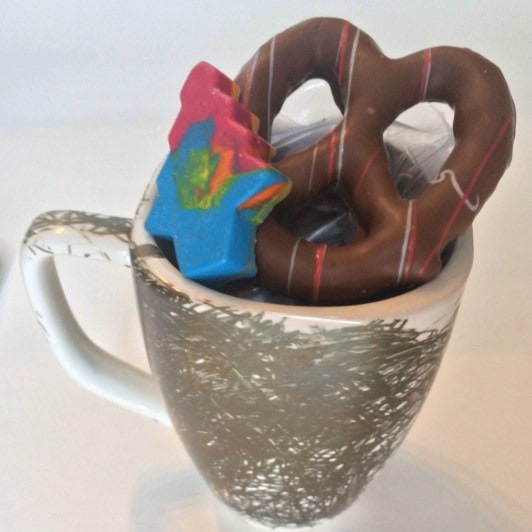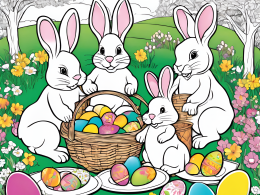I’ve finally got both kids napping. And even though I’d like to curl up with Netflix, I know that this is my chance to clean the bathrooms/ tackle as much of the laundry as possible/ polish the kitchen. Time to muster up a spirit of “Carpe Diem” and seize this uninterrupted time to get ‘er done. And then it happens. I’m elbow deep in whatever chore I took on, and I realize there’s next-to-no toilet cleaner/ detergent/ disinfectant. Fortunately through trial and error, I’ve found some pretty awesome Eco-Friendly DIY recipes that work. My most recent one for laundry detergent is now a staple in our household. Aside from being budget friendly (we were spending just over $10 on our store bough eco-friendly detergent, and the one below cost me less than $3), it works well, is safe for the environment and my family. Not sure about the eco-friendly cleaning movement? Check out this government website from the USA filled with information on conventional cleaning products potential hazards.
Eco-Friendly DIY Laundry Detergent
Ingredients
- 1/2 cup washing soda – I could not find this near me, so we made our own thanks to Nature Nurture Blog. We followed this recipe for washing soda to a tee, and it worked out perfectly (I even have some left over for my next batch of detergent).
- 1/2 cup of baking soda
- 1/2 cup of Borax (found in laundry aisle)
- 1 bar of mild, eco-friendly bar of soap – grated, slap-chopped, or diced – whatever is easiest
- 6L water (I used an old bottle of water to measure out the water)
- essential oils of your choice (optional, about 10 drops are recommended)
Instructions
Fill a large pot with approximately 2L of water and bring to a boil. Add the bar of soap, and mix well until all soap has dissolved. Add the remaining water and mix in top three ingredients. Carefully pour mixture into an old detergent bottle, or other large container(s). You may want to wait until it has completely cooled before transferring it. Add essential oils last, if desired.
Detergent should have a gelatin like consistency, thicker than conventional liquid laundry detergent.
For regular washing machines, use 1/2 measuring cup/ load.
For HE, use 1/4 – 1/3 measuring cup/ load.
For more difficult stains, I – the stain with a spray bottle containing 1 part hydrogen peroxide, 1 part water and let sit, topped with Borax. Then, I wash with using 1/2 cup of Borax along with the detergent to help boost its cleaning.
My Eco-Friendly Cleaning Staples
- Hydrogen peroxide – Diluted with water, I use it to spot clean my carpet and treat stains in laundry. I also mix it in with other ingredients to top off my bathroom and all-purpose cleaners when I’m running low. When laundry needs bleaching, I use 1/2 cup in my wash as non-chlorinated bleach. It’s a great disinfectant for cutting boards, sponges, or any other item in the kitchen you want to ensure is bacteria-free. For more cool uses, check out this post from Bargain Babe.
- Vinegar – Whether it’s to set the colour in my dark jeans, buff my stainless steel, clean my windows (1/2 water, 1/2 vinegar), or boost other cleaners that are running low, vinegar is always on hand in my household.
- Borax – Borax is an excellent stain remover, detergent booster, ingredient for detergent or toilet bowl cleaner.
- Baking soda – To eliminate odours in confined spaces, or to boost cleaning, I use baking soda. If there has been a bad spill on the carpet, I dab it as dry as possible, sprinkle with baking soda, let dry completely and then vacuum up. For more uses, check this out.
Not sure how to make your own cleaners? Here are some great recipes from David Suzuki.
Did I miss an eco-friendly cleaning staple of yours? Please comment below!
xo Alana










Vinegar is one of my go to cleaners. I use it for everything (well I never used it on my wooden floors in our last house) and I love the way it cleans.
Me too. My husband isn’t keen on the smell, but I use it on ANYTHING I can think of 😛
Wow, thanks for the great ideas! I have always heard of using things like h peroxide and vinegar, but never really HOW to use them. 😛